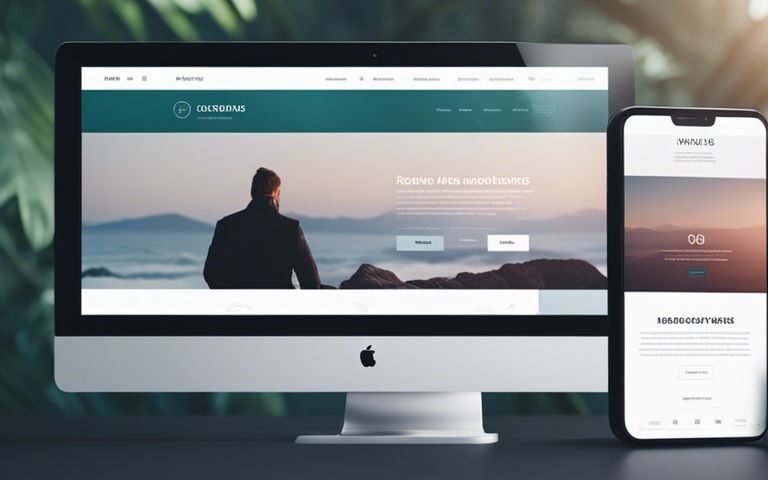Creating A Stunning Medical Website – Tips From Expert Designers

How Can Local Website Designers Help Elevate Your Business?
April 12, 2024
Elevate Your Online Presence With Affordable Website Creation Services
April 16, 2024Medical practices today rely heavily on their online presence to attract and engage patients. A well-designed medical website not only helps in showcasing the services offered but also builds trust with potential patients. Expert designers in the field have mastered the art of creating stunning medical websites that are not only visually appealing but also functional and user-friendly. From incorporating responsive design for mobile users to optimizing SEO for better visibility, their tips can make a significant difference in the success of a medical website. In this blog post, we will explore some of the top tips and strategies provided by expert designers to help you create a stunning medical website that stands out in the competitive online landscape.
Key Takeaways:
- Design with user experience in mind: Focus on creating a website that is easy to navigate, visually appealing, and provides valuable information to users in the medical field.
- Utilize clear and concise messaging: Ensure that your website communicates your medical practice’s services, expertise, and values clearly and effectively to potential patients.
- Optimize for mobile devices: With the rise of mobile internet usage, it is crucial to design your medical website to be responsive and mobile-friendly for a seamless user experience across all devices.
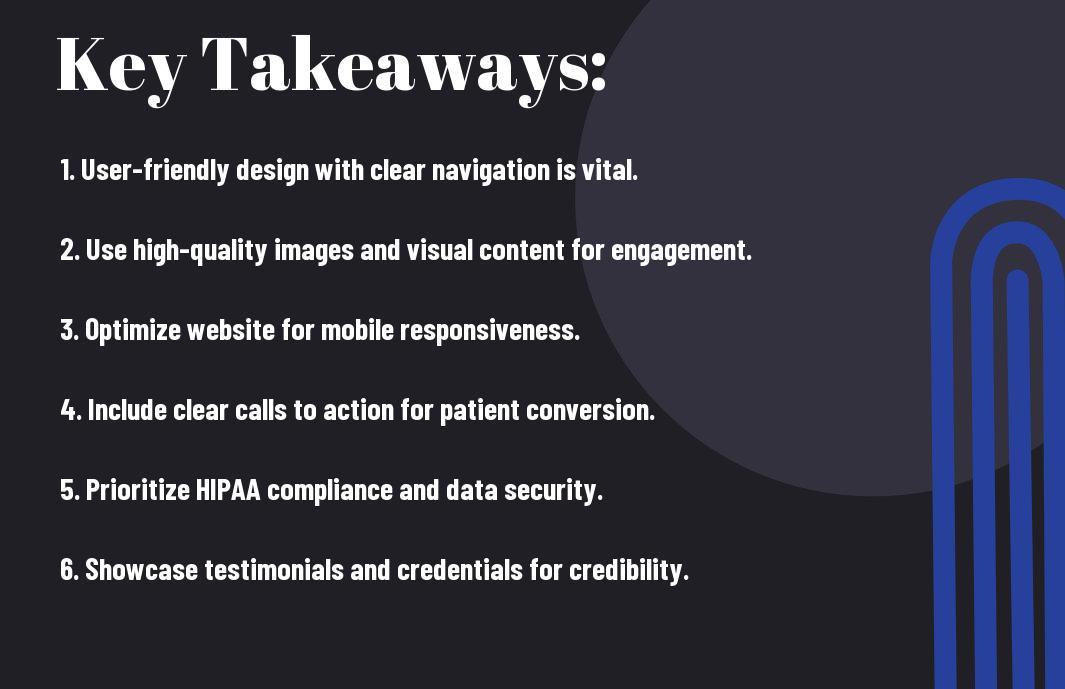
Understanding Your Audience
Identifying Patient Needs
Even before you start designing your medical website, it is crucial to understand the needs of your audience. Identify the specific requirements of patients who will be visiting your site. Consider factors such as the type of information they are looking for, their preferred communication methods, and any accessibility needs they may have.
Design Principles for Accessibility
For ensuring a successful medical website, it is vital to follow design principles that prioritize accessibility. Identifying and incorporating features that cater to users with disabilities such as visual impairments or mobility issues is crucial. This includes using alt text for images, creating a logical site structure, and ensuring compatibility with screen readers.
Plus, ensuring your website is accessible not only improves user experience, but it also helps you comply with legal requirements such as the Web Content Accessibility Guidelines (WCAG). By prioritizing accessibility in your design process, you can reach a wider audience and provide inclusive healthcare information.
Essential Elements of Medical Website Design
User-Friendly Navigation
To create a stunning medical website, user-friendly navigation is paramount. With clear menu options, intuitive search functionalities, and easy-to-find contact information, visitors can easily find the information they need. A well-organized website with logical navigation will improve user experience and encourage visitors to stay longer on your site.
HIPAA Compliance and Security Features
With the sensitive nature of medical information, HIPAA compliance and security features are crucial for any medical website. User-friendly encryption methods, secure server connections, regular security audits, and strict access controls are necessary to protect patient data from cyber threats. Implementing strong security measures not only ensures patient confidentiality but also builds trust with your website visitors.
Medical websites that prioritize HIPAA compliance and security features demonstrate a commitment to safeguarding sensitive patient information. By adhering to HIPAA regulations and implementing robust security measures, medical practices can mitigate the risk of data breaches and protect the privacy of their patients’ health records.
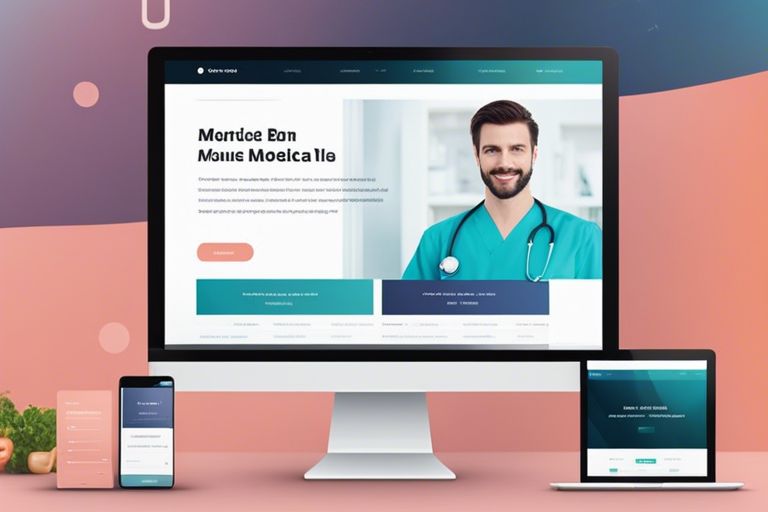
Aesthetic and Functional Design Strategies
Visual Branding in Healthcare
All healthcare websites need to establish a strong visual brand that conveys trust, professionalism, and expertise. This can be achieved through the use of a clean and modern design, with a color palette that conveys calmness and reliability. Logos, fonts, and images should reflect the values and services of the medical practice, creating a cohesive and memorable identity.
Interactive Features and User Experience
An effective medical website goes beyond static information. Interactive features such as appointment scheduling, patient portals, virtual tours, and educational resources enhance user experience and engagement. These features not only provide convenience to patients but also establish a connection with them, fostering trust and loyalty towards the practice.
With the rise of telemedicine and online consultations, incorporating secure messaging and video conferencing capabilities can significantly improve patient care and accessibility. Interactive features like these demonstrate a commitment to innovation and patient-centered care, setting a practice apart in a competitive healthcare landscape.
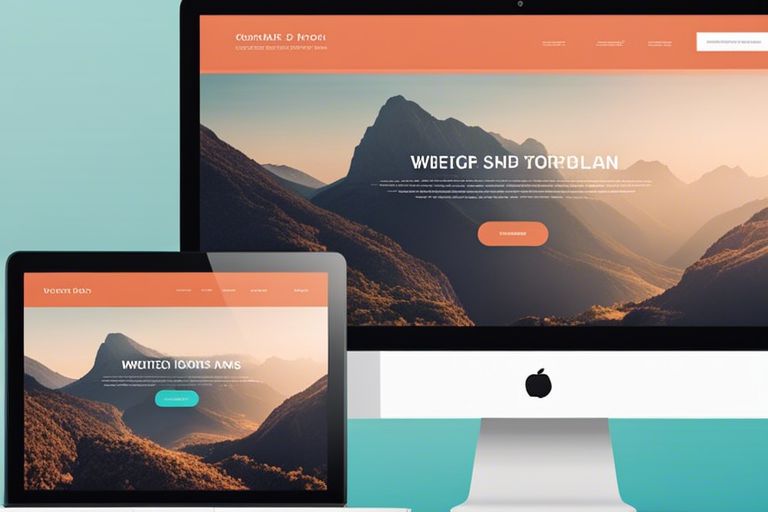
Optimizing for Search Engines and Mobile Devices
SEO Best Practices for Medical Websites
Now, let’s investigate into some SEO best practices specifically tailored for medical websites. Search engine optimization (SEO) is crucial for ensuring that your medical website ranks well on search engine results pages. To optimize your medical site, focus on incorporating relevant keywords, creating high-quality content, securing backlinks from reputable sources, and optimizing meta tags.
Responsive Design for Mobile Users
Devices. Now, it’s necessary to address the responsive design aspect for catering to mobile users. Responsive design ensures that your medical website adapts seamlessly to different screen sizes and devices, providing a user-friendly experience for visitors accessing your site on smartphones or tablets. This not only enhances user experience but also improves your site’s search engine rankings as Google prioritizes mobile-friendly websites.
Maintaining and Updating Your Website
The Role of Content Management Systems
Keep your medical website up-to-date and relevant with the help of a robust Content Management System (CMS). This tool allows you to easily update content, add new pages, and make necessary changes without requiring technical expertise. With a user-friendly CMS, you can ensure that your website remains engaging and informative for visitors.
Strategies for Ongoing Content Creation
Any successful medical website needs fresh and relevant content to stay competitive and attract visitors. Content creation strategies should be diverse and include a mix of blog posts, articles, videos, and infographics. Consistent updates not only improve your website’s SEO but also establish your credibility as a healthcare provider.
Understanding your target audience is crucial when creating ongoing content for your medical website. Tailor your content to address their needs, concerns, and interests. Utilize analytics to track which types of content perform well and adjust your strategy accordingly to maximize engagement.
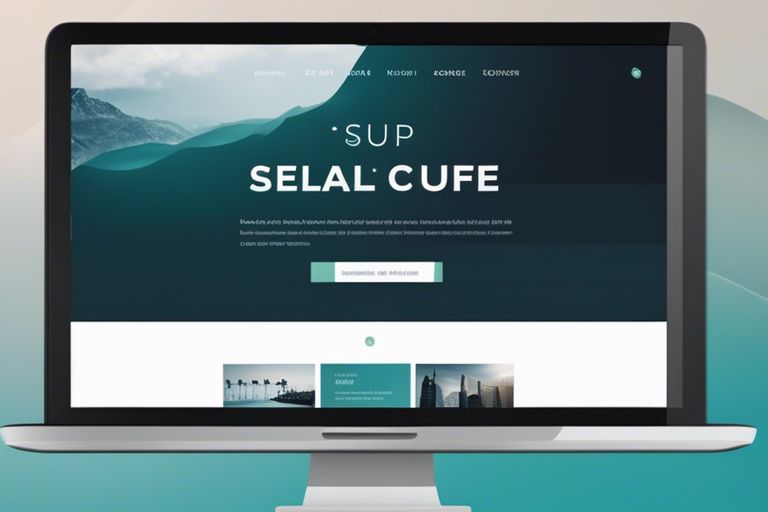
Summing up
Conclusively, creating a stunning medical website requires careful planning, attention to detail, and a focus on user experience. By following the expert tips from designers, you can ensure that your website is both visually appealing and functional. Remember to prioritize mobile responsiveness, clear navigation, expert content, and a professional design aesthetic. By incorporating these key elements, your medical website will stand out and effectively communicate your brand message to patients and visitors.
FAQ
Q: Why is it important to have a stunning medical website?
A: Having a visually appealing medical website helps you create a professional image, build trust with patients, and attract new visitors to your practice.
Q: What elements should be included in a stunning medical website design?
A: Key elements to include in your medical website design are a clean and organized layout, clear navigation, high-quality images, responsive design, and easy access to important information.
Q: How can I ensure the usability of my medical website?
A: To ensure the usability of your medical website, focus on intuitive navigation, easy-to-read content, fast loading times, mobile responsiveness, and clear calls-to-action for patients.
Q: What are some best practices for medical website content?
A: Best practices for medical website content include providing accurate information, using plain language that patients can understand, showcasing your expertise, and regularly updating your content to reflect current practices.
Q: How can I optimize my medical website for search engines?
A: To optimize your medical website for search engines, focus on using relevant keywords, creating quality content, optimizing images with alt text, building internal links, and obtaining backlinks from reputable sources in the healthcare industry.

